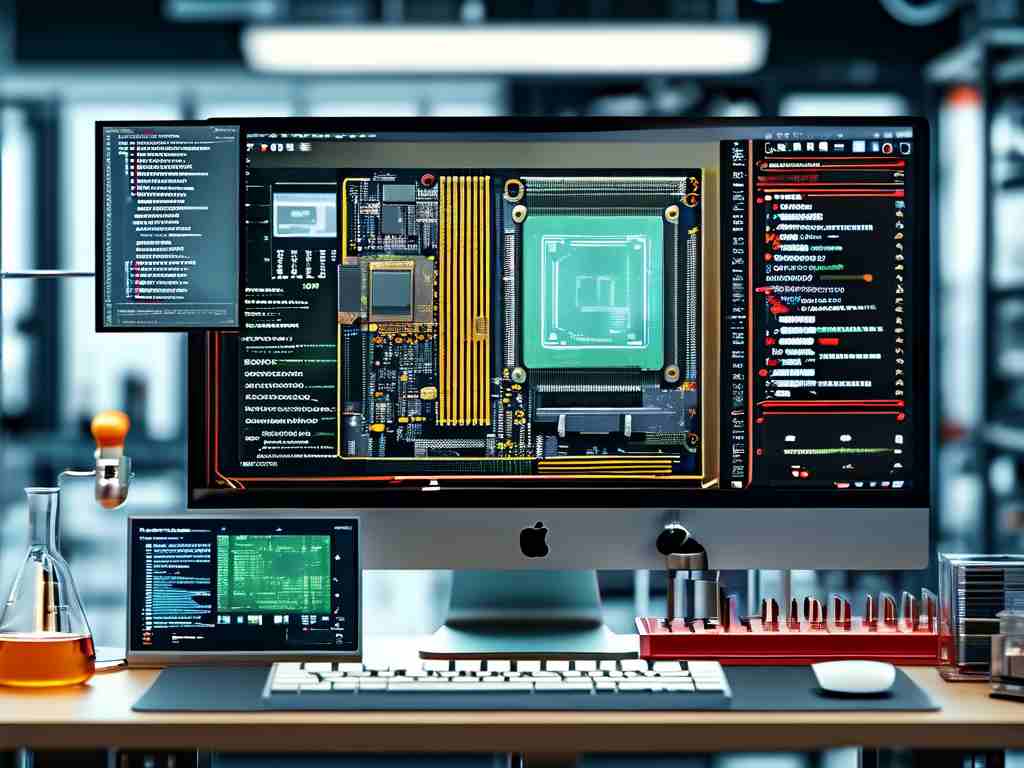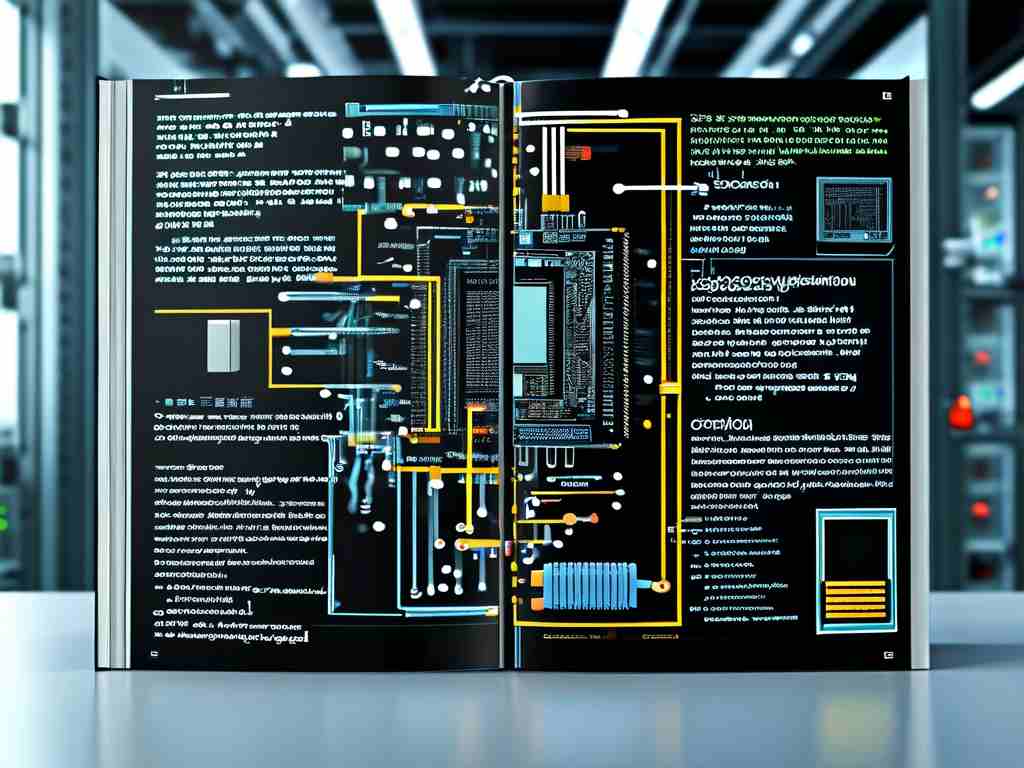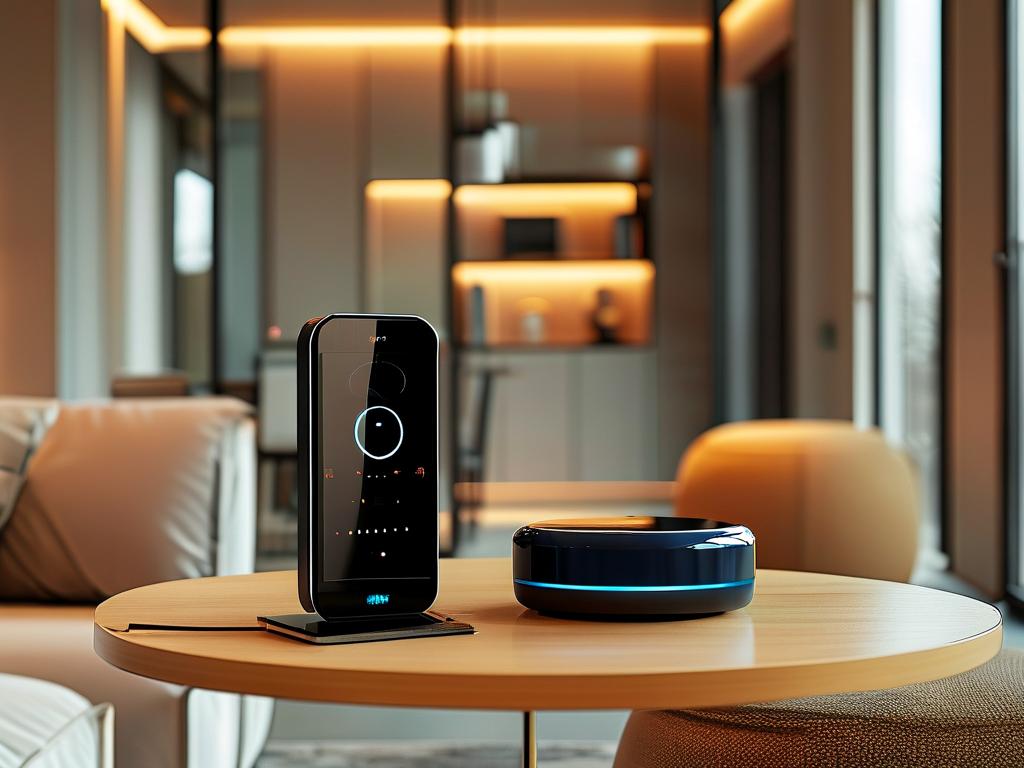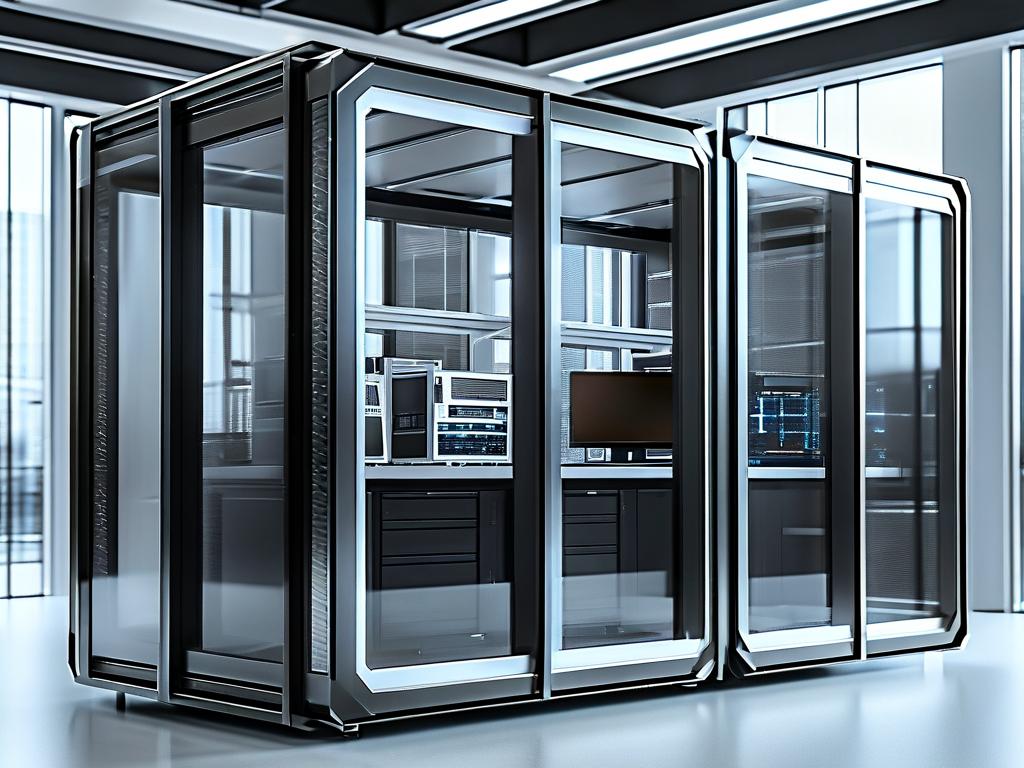Embedded system development and custom board design form the backbone of modern electronics, enabling innovations in IoT, robotics, and industrial automation. This field combines hardware engineering, firmware programming, and system integration to create tailored solutions for specific applications. Below, we explore key aspects of embedded development and board design, emphasizing practical strategies and emerging trends.

Hardware Design Fundamentals
Designing a functional embedded board starts with schematic capture and component selection. Engineers must balance performance, power efficiency, and cost when choosing microcontrollers (e.g., ARM Cortex-M series), sensors, and communication modules (Wi-Fi, Bluetooth). For example, a temperature monitoring system might integrate an STM32 microcontroller with a DS18B20 sensor and LoRa module for wireless data transmission.
PCB layout optimization is critical to minimize noise and signal interference. Tools like KiCad or Altium Designer help arrange components while adhering to design rules. A four-layer board with dedicated power and ground planes often outperforms two-layer designs in high-frequency applications. Consider this code snippet for initializing GPIO pins on an STM32:
void GPIO_Init() {
RCC->AHB1ENR |= RCC_AHB1ENR_GPIOAEN; // Enable GPIOA clock
GPIOA->MODER |= GPIO_MODER_MODER5_0; // Set PA5 as output
GPIOA->OTYPER &= ~GPIO_OTYPER_OT5; // Push-pull mode
}
Firmware Development Challenges
Writing efficient firmware requires mastery of low-level languages like C or Rust. Real-time operating systems (RTOS) such as FreeRTOS or Zephyr manage task scheduling and resource allocation. Developers must optimize code for memory-constrained environments—a common challenge when working with microcontrollers featuring limited RAM (e.g., 128KB on ESP32).
Power management techniques extend battery life in IoT devices. Implementing sleep modes and interrupt-driven architectures can reduce energy consumption by up to 70%. For instance, configuring an Arduino Nano to wake from deep sleep via a motion sensor interrupt involves:
void setup() {
esp_sleep_enable_ext0_wakeup(GPIO_NUM_33, LOW);
esp_deep_sleep_start();
}
Prototyping and Validation
Rapid prototyping accelerates time-to-market. Development boards like Raspberry Pi Pico or NXP i.MX RT1060 serve as cost-effective testbeds before final PCB production. Boundary scan testing and oscilloscope diagnostics verify signal integrity during hardware validation.
A case study involving a smart agriculture system demonstrates iterative development. Initial prototypes used off-the-shelf sensors but transitioned to custom PCBs with moisture-resistant coatings for field deployment. Post-deployment OTA (over-the-air) updates addressed firmware bugs without physical access to devices.
Future Trends and Tools
Machine learning integration is reshaping embedded systems. TinyML frameworks like TensorFlow Lite for Microcontrollers enable on-device inference for voice recognition or predictive maintenance. Meanwhile, modular board designs with standardized connectors (USB-C, M.2) simplify hardware upgrades.
Collaborative tools like Git for version control and Jira for project management streamline team workflows. Open-source hardware initiatives, exemplified by Arduino and BeagleBone, continue lowering entry barriers for startups and hobbyists.
In , embedded development demands interdisciplinary expertise but offers unparalleled flexibility in creating optimized electronic solutions. As edge computing and AI advance, mastering board design and firmware optimization will remain vital for engineers shaping tomorrow’s connected world.









